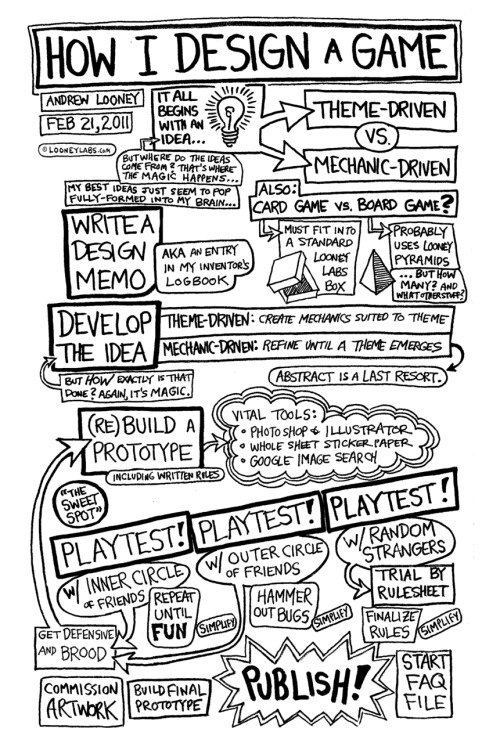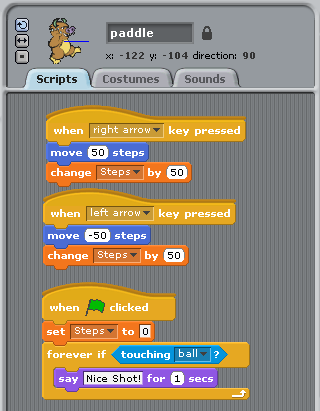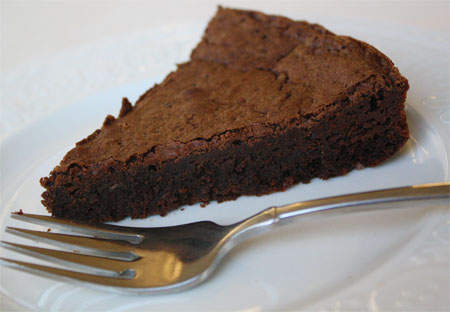 |
| http://www.livingthehealthierlife.com/wp-content/uploads/2013/10/dreamstime_xl_29965406.jpg |
Year 7 it all begins with a plan!
1. Resources: Let's brainstorm and develop an appropriate resource list
2. Now, make a step-by-step production plan of what you will do to create your Scratch game and include the amount of time to complete each step.
Example:
1. Open Scratch, 1 minute
2. Click on "New" (Create an empty project), 1 minute
3.
Continue on until you have completed all the steps you think you will need and the time that it will take you. (You may open Scratch and practice while you are making the plan.)
Finish your step by step plan.
3.Write a paragraph saying why you think your plan will work. Include the fact that you have done a tutorial and have had experience using Scratch;-)
IB Learner Profile: Thinker
Learning objectives: The student will devleop a basic time line and write instructions for making the product/solution.
2. Now, make a step-by-step production plan of what you will do to create your Scratch game and include the amount of time to complete each step.
Example:
1. Open Scratch, 1 minute
2. Click on "New" (Create an empty project), 1 minute
3.
Continue on until you have completed all the steps you think you will need and the time that it will take you. (You may open Scratch and practice while you are making the plan.)
Finish your step by step plan.
3.Write a paragraph saying why you think your plan will work. Include the fact that you have done a tutorial and have had experience using Scratch;-)
IB Learner Profile: Thinker
Learning objectives: The student will devleop a basic time line and write instructions for making the product/solution.


































